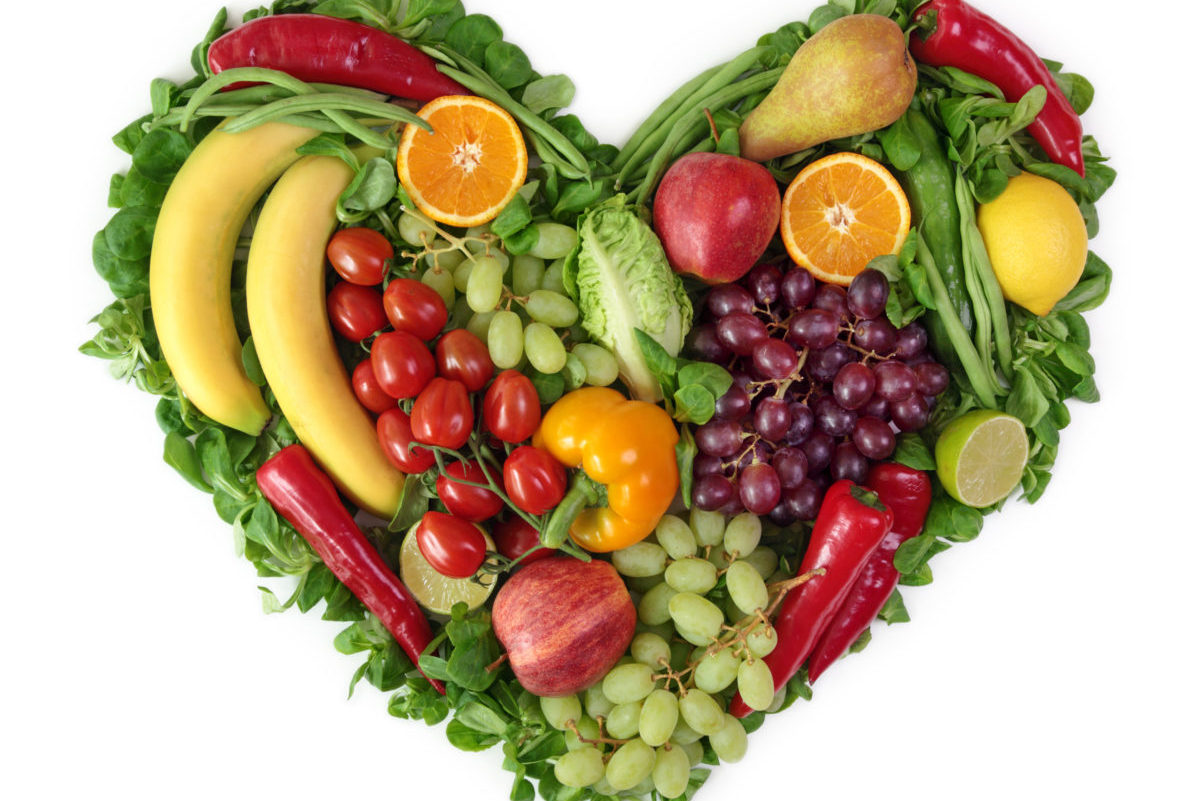Harvard: 11 Foods That Lower LDL-Cholesterol

Cholesterol is a waxy, fat-like substance found in the cells of your body. It is needed to make hormones, vitamin D and supports the healthy digestion of food. Your body makes all of the cholesterol that it needs. However, the foods you eat that contain bad cholesterol (or LDL-Cholesterol), may put you at risk for developing high blood cholesterol, or too much cholesterol in your blood.
The United States Department of Health & Human Services reports that individuals with high blood cholesterol have a great chance of developing coronary heart disease, also known as coronary artery disease or simply, heart disease. This is a condition where plaque builds up in the hearts arteries, narrowing the arteries and limiting or completely blocking oxygen-rich blood to the heart. This can cause blood clots and eventually lead to a heart attack.
Now, because of the standard American diet, it is easy to eat your way to high cholesterol levels. But, it may also be easy to reverse it by changing the foods that you eat. Harvard Medical School reports that this can be done but requires a two-pronged strategy – “Add foods that lower LDL-Cholesterol (the harmful cholesterol-carrying particle that contributes to artery-clogging atherosclerosis) and cut back on goods that boost LDL.”
Which foods support healthy cholesterol?
According to the Harvard Medical Schools recent publication, there are 11 foods that can lower LDL-cholesterol in different ways.
- Oats: Current nutrition guidelines recommend getting 20 to 35 grams of fiber a day, with at least 5 to 10 grams coming from soluble fiber, found in oatmeal or oat-based cereals.
- Barley and other whole grains: Many studies have shown that whole grains can help lower the risk of heart disease due to the amount of soluble fiber they contain.
- Beans: Especially rich in soluble fiber, beans also take longer for the body to digest, helping you feel fuller for longer. This is one of the reasons why beans have also been studied for weight management, as well.
- Eggplant and okra: Great levels of soluble fiber.
- Nuts: Numerous studies show that eating almonds, walnuts, peanuts, and other nuts are great for the heart! Eating 2 ounces of nuts a day can slightly lower LDL by about 5%.
- Vegetable oils: Remove butter, lard and shortening from your diet and replace it with healthy oils, including olive and safflower oil to help lower LDL.
- Apples, grapes, strawberries and citrus fruits: These fruits are rich in pectin, which is a type of soluble fiber that has been shown to lower LDL.
- Foods fortified with sterols and stanols: Extracted from plants, sterols and stanols support the body’s ability to absorb cholesterol from food. Two grams of plant sterols or stanols a day, according to the Harvard School of Medicine, can lower LDL by about 10%.
- Soy: Studies have shown that consuming 25 grams of soy protein a day (10 ounces of tofu or 2 ½ cups of soy milk) can lower LDL cholesterol by 5-6%.
- Fatty fish: By replacing meat two or three times a week with fatty fish can lower LDL by delivering LDL-lowering omega-3 fats which reduce triglycerides in the bloodstream and protect the heart. Meat contains LDL-boosting saturated fats.
- Fiber supplements: Psyllium is a carbohydrate that supplies both soluble and insoluble fiber to clean the intestines and support healthy cholesterol levels. Many Super Food powders are rich in fiber, as well.
Stay away from these foods to lower cholesterol!
Be aware of foods that contain high levels of saturated fats, such as red meat and whole-fat dairy products. Saturated fat can increase levels of LDL cholesterol. Though these fats have been shown to lower triglycerides and nudge up levels of HDL (good) cholesterol, moderation is key.
Transfats are the byproduct of chemical reactions that turn liquid vegetable oil into solid margarine or shortening that prevents liquid vegetable oils from going bad. They have no nutritional value and have been shown to damage the heart and increase LDL levels. Trans fat has recently been banned from the U.S. food supply but the phasing-out process may take up to three years to complete.
Being overweight and inactive does not allow the body to function at its highest capacity. Excess weight boosts harmful LDL levels, while inactivity depresses protective HDL.